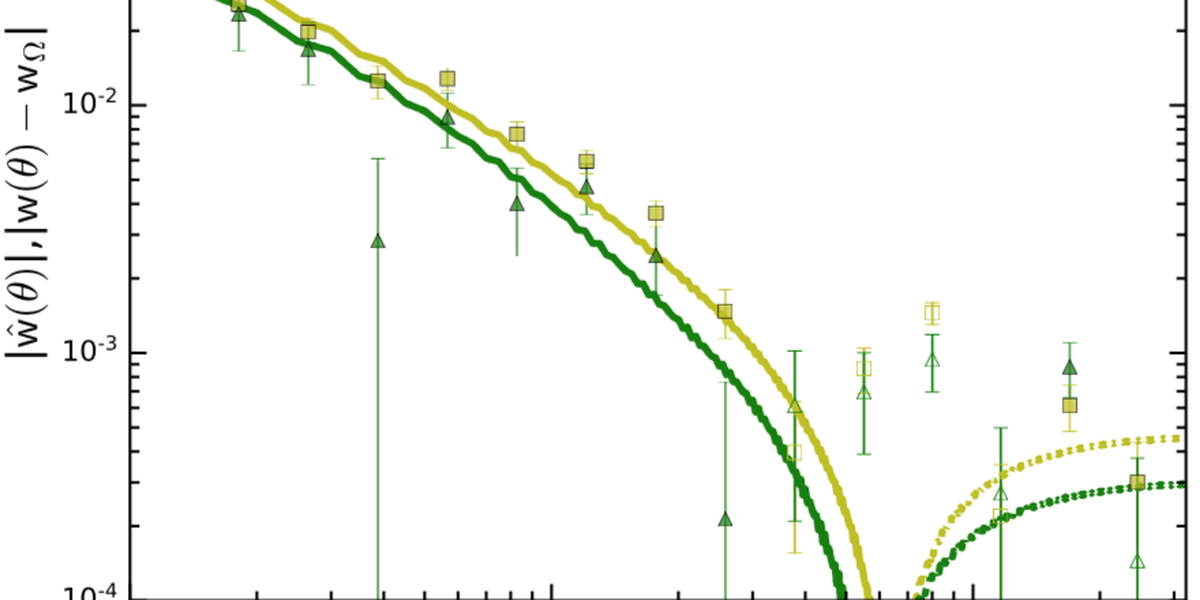

Context. The LOFAR Two-metre Sky Survey (LoTSS) will eventually map the complete Northern sky and provide an excellent opportunity to study the distribution and evolution of the large-scale structure of the Universe. Aims. We test the quality of LoTSS observations through statistical comparison of the LoTSS first data release (DR1) catalogues to expectations from the established cosmological model of a statistically isotropic and homogeneous Universe. Methods. We study the point-source completeness and define several quality cuts, in order to determine the count-in-cell statistics and differential source counts statistic and measure the angular two-point correlation function. We use the photometric redshift estimates which are available for about half of the LoTSS-DR1 radio sources, to compare the clustering throughout the history of the Universe. Results. For the masked LoTSS-DR1 value-added source catalogue we find point-source completeness of 99% above flux densities of 0.8 mJy. The counts-in-cell statistic reveals that the distribution of radio sources cannot be described by a spatial Poisson process. Instead, a good fit is provided by a compound Poisson distribution. The differential source counts are in good agreement with previous findings in deep fields at low radio frequencies. Simulated catalogues from the SKA design study sky and the Tiered Radio Extra- galactic Continuum Simulation match with our findings. We find reasonable consistency amongst different estimates from different noise-based masks of the angular two-point correlation function for a flux density threshold of 2 mJy. Based on the distribution of pho- tometric redshifts and the Planck 2018 best-fit cosmological model, the theoretically predicted angular two-point correlation between 0.1 deg and 4 deg agrees reasonably well with the measured clustering for the subsample of radio sources with redshift information. Conclusions. The deviation from a Poissonian distribution might be a consequence of the multi-component nature of a large number of resolved radio sources and/or of uncertainties on the flux density calibration. The angular two-point correlation function is < 10−2 at angular scales > 1 deg and up to the largest scales probed. At 2 mJy flux density threshold, using a mask that excludes regions with local noise above the average, we find a clustering amplitude at 1 deg of A = (5.1 ± 0.6) × 10−3 with a slope parameter of γ = 0.74 ± 0.16. For smaller flux density thresholds some systematic issues are identified, most likely related to the flux density calibration of the individual pointings. We conclude that we find agreement with the expectation of large-scale statistical isotropy of the radio sky at the per cent level. Below angular separations of 1 deg the angular two-point correlation function agrees well with the expectation of the cosmological standard model.